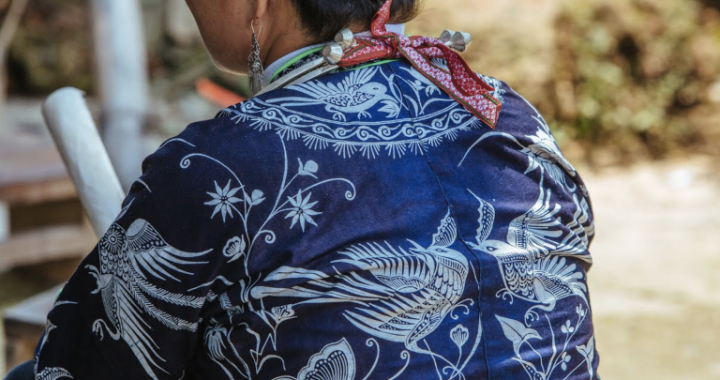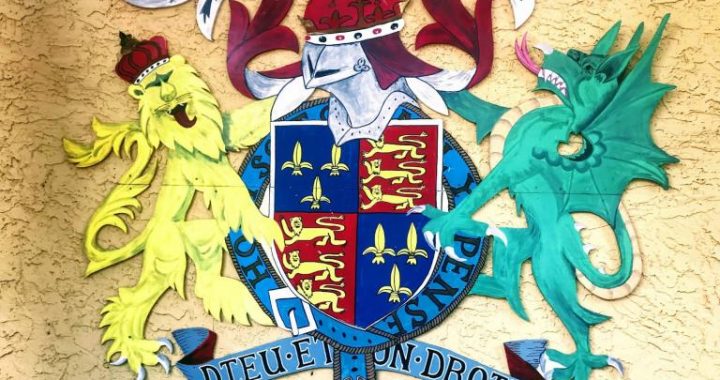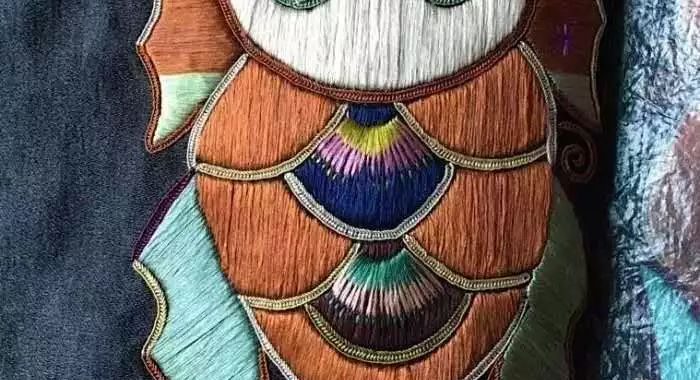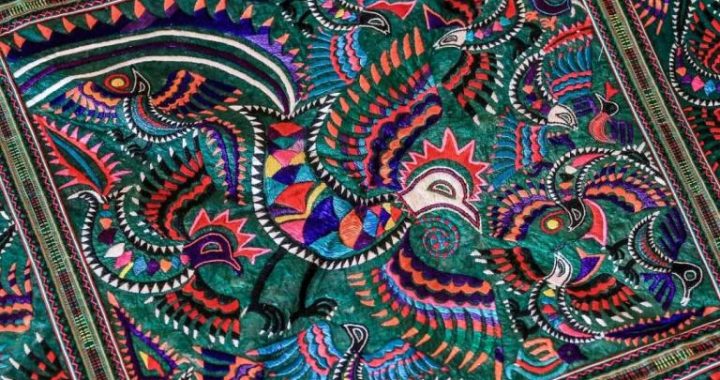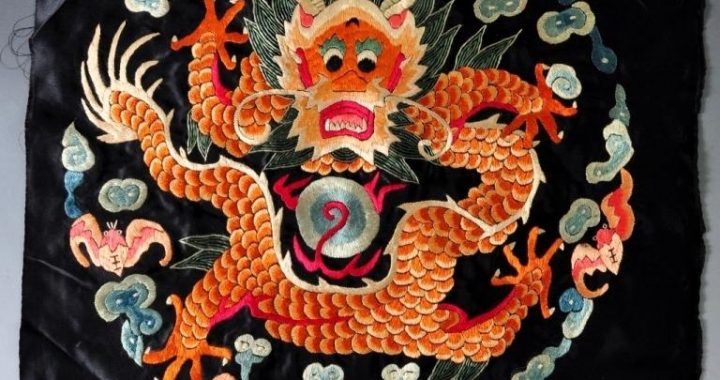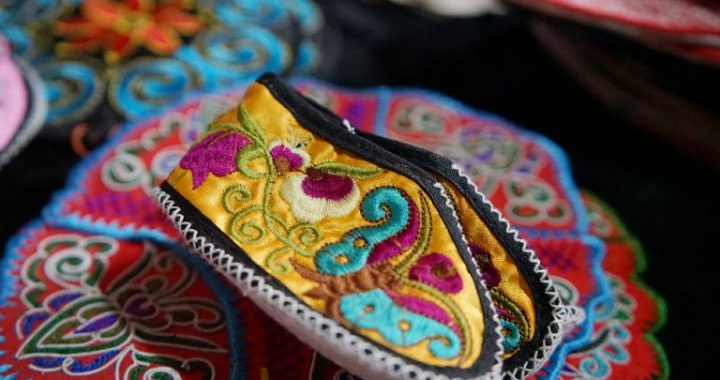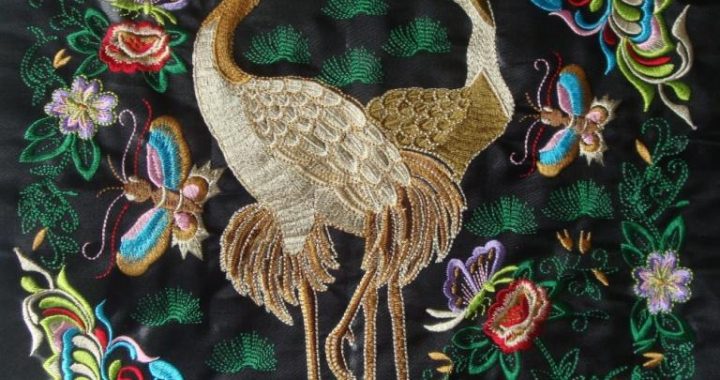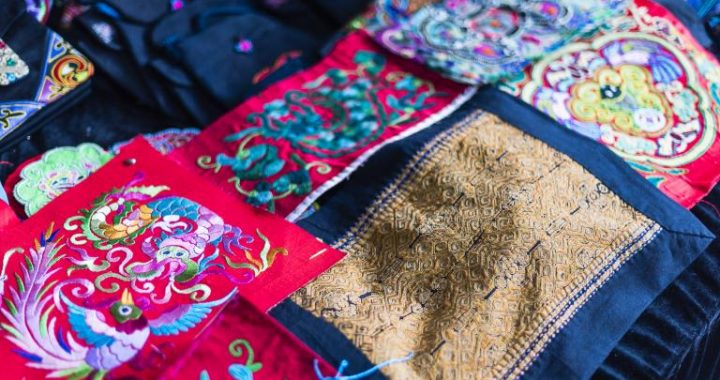Material and Color of the Qin and Han Dynasties Dress
2 min readThe dress materials in the Qin and Han dynasties were more abundant than that inthe Spring and Autumn,-Warring States period, but people still preferred brocade.
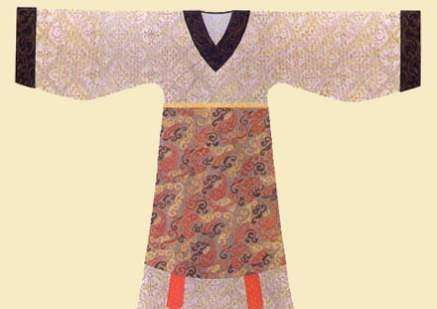
The embroidery on the brocade consisted of several images, such as mountains, clouds, birds, animals, lianas and so on.A1l kinds of complex geometry lines and characters with auspicious connotations left people with enough space for reveries.
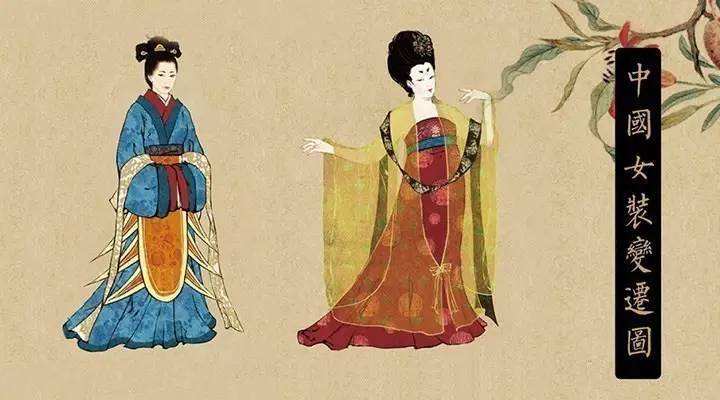
Painted and printed fabrics, cinnabar-dyed fabrics, super thin and fine fabrics, hadbeen manufactured in the Qin and Han dynasties, which may be reflected through the objects unearthed at the sites of the Han tombs, such as tombs in Mancheng in Hebei province, the Han tombs of Mawangdui in Changsha of Hunan province, the tomb of prince Nanyue in Guangzhou of Guangdong province, from which we may see that the textile technology at that time had reached an extremely high level.
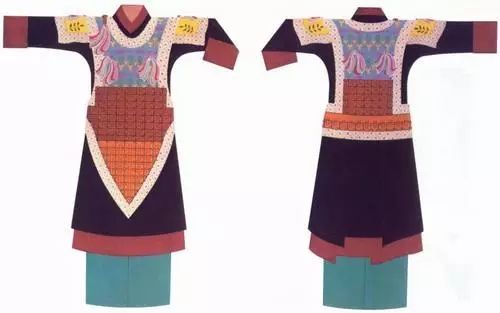
According to the laws of the Han dynasty, the commons could only wear white burlap clothes, for they were not allowed to wear dyed clothes in blue and greenuntil the late Western Han dynasty. With the commercial development, however, many bans had been breached by businessmen. The exquisite brocade for emperors’ dress had been used by businessmen for wall decoration. It’s recorded in History of the Han Dynasty that the slaves for businessmen’s trade wore exquisite and luxurious headgears as well as silk shoes with lacing, which formed a striking contrast with the images of the commons who wore hairpin, short jacket and short pants.
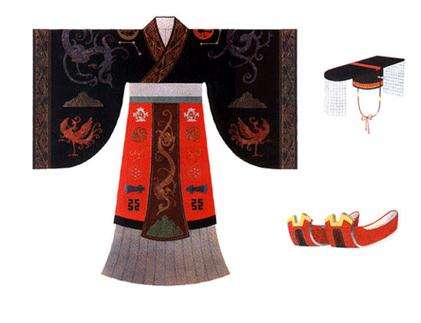
During the Qin and Han dynasties, the Chinese dress made great progress, the idea of the yin and yang (positive and negative forces) and wuxing (the five elements, including metal, wood, water, fire and earth) was first introduced into the option of dress colors. The main dress color in the Qin dynasty was black. As for men’s dress, Qin Shihuang regulated that the ceremonial dress of upper clothes and lower skirt should be black mourning dress and that the black was considered the most honorable color; officials above the third grade should wear green robe; the commons should wear white robe. As for women’s dress, it was mainly to cater for the emperor’s personal likeness, but basically, it was still influenced by the Chinese traditional wuxing thought.
